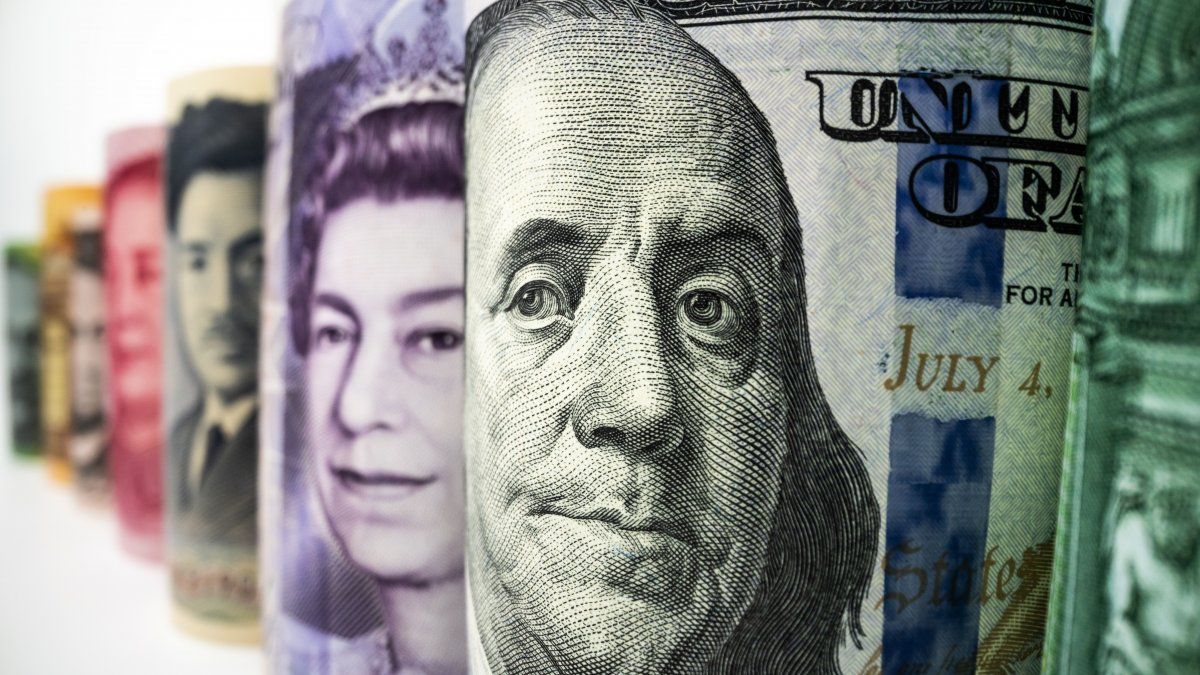Today, a robust dollar surpasses the 155 yen mark for the first time since 1990, after remaining in a tight range for several days.
Yen hits decade lows against to the dollar and the euro, amid expectations that the monetary policy meeting of the Bank of Japanwhich concludes tomorrow, does not generate measures forceful enough to support the Japanese currency.
The content you want to access is exclusive to subscribers.
Today, a robust dollar surpasses the 155 yen mark for the first time since 1990, after remaining in a tight range for several days. Thus, the dollar reaches a 34-year high of 155.74 yen, and then trades with an increase of 0.2%, standing at 155.62 yen.


Some market participants see the 155 level as a threshold that could motivate authorities in Tokyo to take action.
Dollar vs. other currencies
On the other hand, the euro hits a 16-year high against the yen, reaching 166.98 yen and then rising 0.45% to 166.95 yen. Analysts anticipate that the meeting of the Bank of Japan will result in a slightly restrictive stance, with the possibility of the central bank announcing a modest reduction in its bond purchasing plans.
As for the dollaris experiencing some losses against other currencies after a slight decline earlier in the week, driven by encouraging data on business activity in the euro zone and the United Kingdom, that benefit the euro and the pound sterling.
The euro rose 0.25% to $1.0724, moving away from a more than one-week high reached yesterday, while the pound gained 0.4% to $1.2511.
The dollar fell 0.2% to 105.59 against a basket of currencies, although it is moving away from the almost two-week low recorded in the previous session.
Investors are awaiting US economic data due later in the session, focusing especially on the gross domestic product (GDP) price deflator. first quarter underlyingwhich could provide clues about the personal consumption expenditure (PCE) price index, the Federal Reserve’s preferred inflation gauge, scheduled for release tomorrow.
Source: Ambito
I am a 24-year-old writer and journalist who has been working in the news industry for the past two years. I write primarily about market news, so if you’re looking for insights into what’s going on in the stock market or economic indicators, you’ve come to the right place. I also dabble in writing articles on lifestyle trends and pop culture news.




